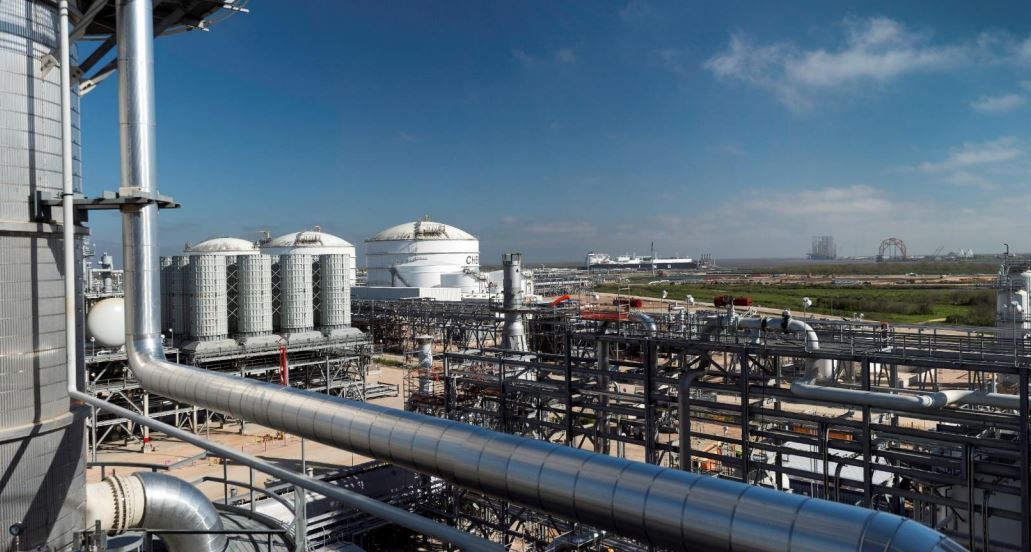US LNG export firm Cheniere said Wednesday it entered into several mid-term supply deals during the fourth quarter as it reported a net loss of $85 million for the full-year.
Cheniere said it has signed deals with “multiple counterparties” for portfolio volumes totaling over four million tonnes of LNG.
In addition, the contracts range from five to about eleven years on both free on board (FOB) and delivered ex-ship (DES) terms, it said.
Cheniere did not reveal any further information on the buyers.
The firm logged a net loss of $85 million last year, compared to a profit of $648 million in 2019.
Revenues also slipped 4 percent to $9.4 billion but consolidated adjusted Ebitda rose 34 percent to $3.96 billion.
Cheniere’s chief executive Jack Fusco said the company managed to keep its guidance range after a year in which the “unprecedented became ordinary course.”
“We accomplished this while successfully managing a full spectrum of challenges last year, from a global health crisis and its wide-ranging effects, to record low LNG market pricing, and two major hurricanes making landfall near our infrastructure,” he said.
He added that the company is in the final stage of commissioning the third train at its Corpus Christi liquefaction plant in Texas.
Cheniere plans to put the unit into service in the “coming weeks,” he said.
Cargo emissions data
Cheniere said in a separate release it plans to start providing its customers with greenhouse gas emissions data associated with each LNG cargo produced at the company’s Sabine Pass and Corpus Christi facilities.
“The cargo emissions tags are designed to enhance environmental transparency by quantifying the estimated GHG emissions of LNG cargoes from the wellhead to the cargo delivery point, and are expected to be provided to customers beginning in 2022,” the firm said.
Moreover, Cheniere will calculate the CE Tags using its proprietary lifecycle analysis model, which has been built incorporating the accounting frameworks from LCAs created by the US Department of Energy’s National Energy Technology Laboratory.
The model would utilize publicly available data from value chain participants, as well as operational data from both the Sabine Pass and Corpus Christi facilities, the firm said.

